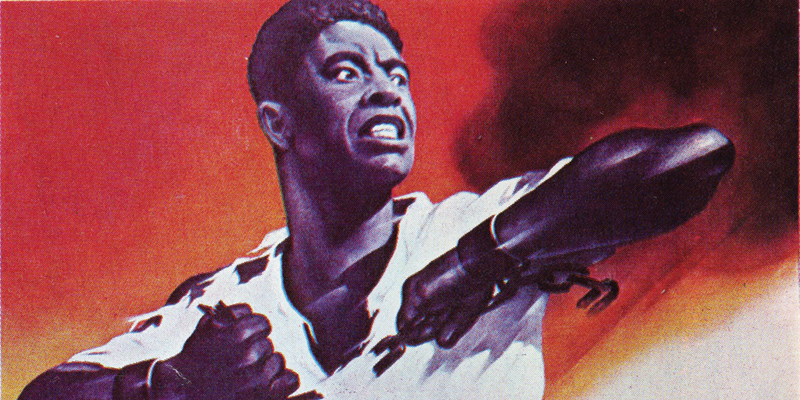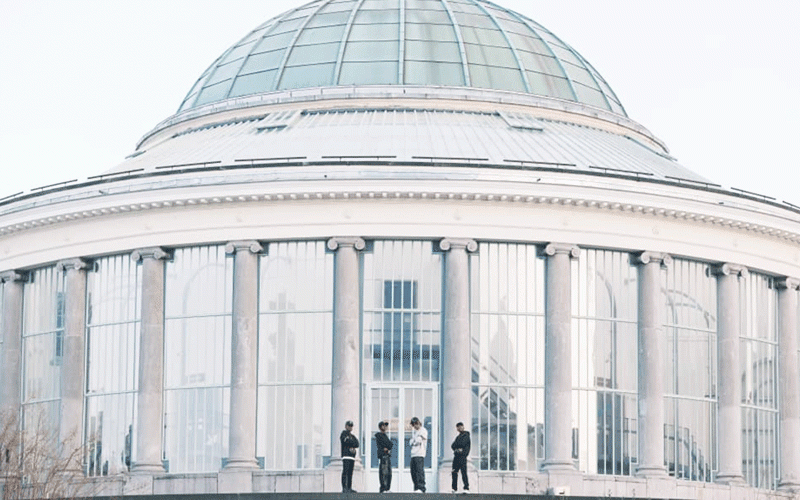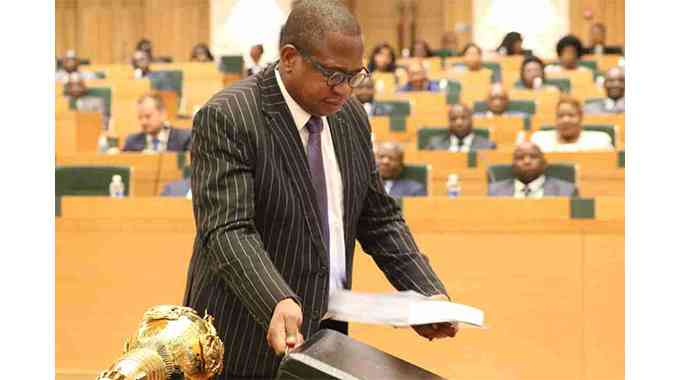
THE internationally acclaimed Wayland Rudd Collection made a stop at Harare’s First Floor Gallery (FFG) on Friday night.
KUNDAI MARUNYA
The exhibition, which will run for the next two weeks, is a touring exhibition developed by a Russian-American curator Yevgeniy Fiks, to honour Wayland Rudd, an African American actor, who left the United States for the Union of Soviet Socialist Republics in the 1930s to protest racism and became a star there.
It features historical posters along with artworks of African-American, Russian and local artists looking in depth at and responding to the representation of Africans and African-Americans in the Soviet visual arts circle.
The exhibition has been travelling from the US where it was showing at Winkleman Gallery in New York and will be going to Moscow after showing with First Floor Gallery Harare.
As part of the opening on Friday, there was also a panel discussion featuring Zimbabwean historians and cultural experts looking at the role of non-Western support in the local liberation struggle and ideas of racial reconciliation championed by these ideologies.
FFG public relations director Marcus Gora said contributions by Russia were easily forgotten.
“It is easy for younger generations to forget or not to know the role of the Soviet Union and the East in African and Zimbabwean liberation struggles against colonial rule,” he said.
- Chamisa under fire over US$120K donation
- Mavhunga puts DeMbare into Chibuku quarterfinals
- Pension funds bet on Cabora Bassa oilfields
- Councils defy govt fire tender directive
Keep Reading
Gora said the then Soviet Union tried to unify races “The Soviet Union also tried to build a new paradigm of race relations based on unity of all working people of the world.
While Soviet Union disintegrated in the early 1990s, its impact on Africa remains and the lessons of a non-black and white view of race relations are still relevant and worth progressing,” Gora said.
FFG is a contemporary art space which focuses on exhibiting and bringing in both foreign and local art experts in showing the history of Africa and Zimbabwe.











